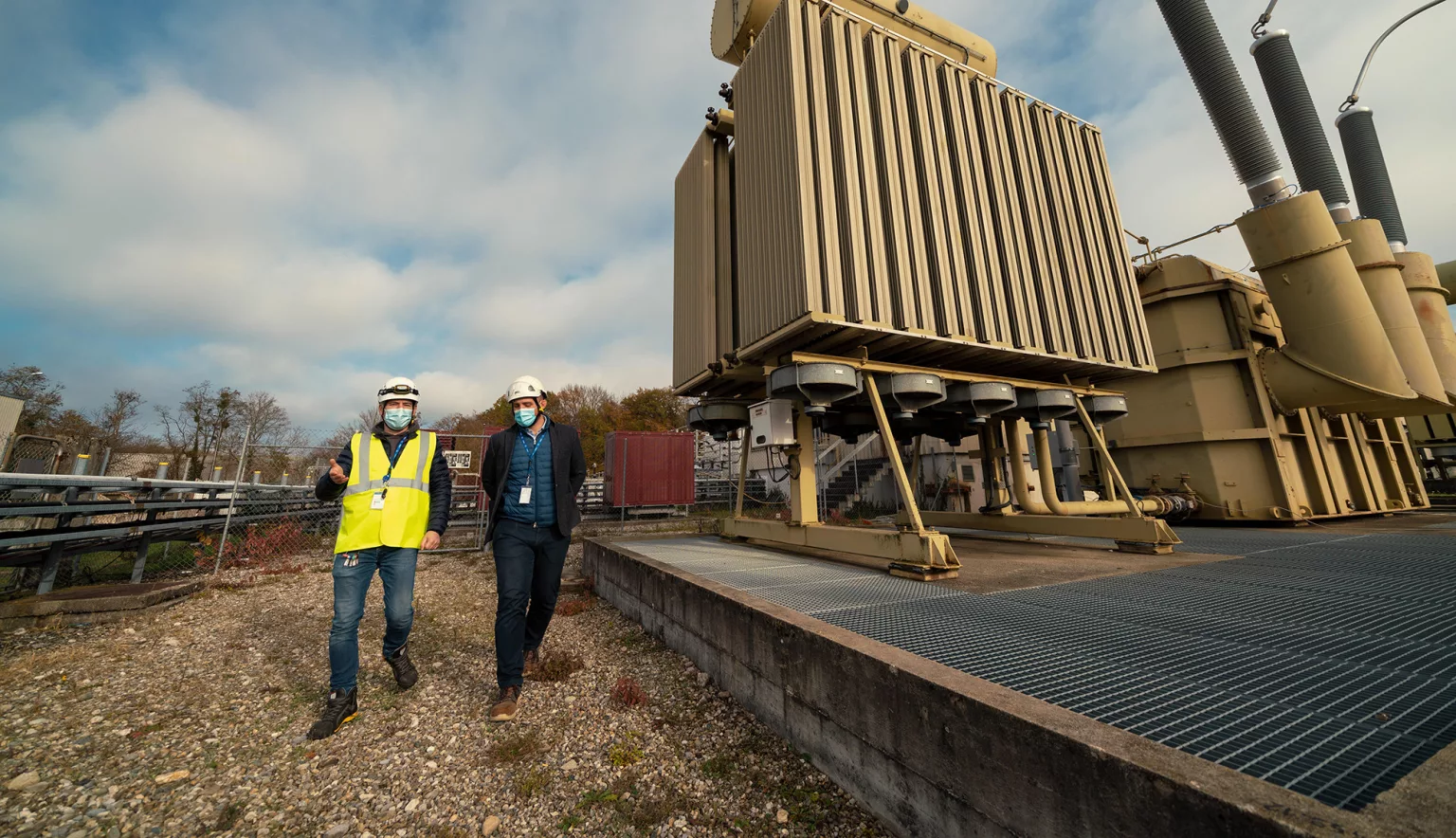Driven by the twin focus of technological development and sustainable practices, we take a look at Camlin Group and speak to Michael Cunningham, Managing Director of the Camlin Energy division, to learn more.
OPTIMISING GREEN INFRASTRUCTURE
“Right now, the electric utility industry worldwide is facing both significant challenges and exciting opportunities – I see these as two sides of the same coin.”
Michael Cunningham has spent his life following his passion for technology, energy and innovation. Today he is Managing Director of Camlin Energy, a division of Camlin Group (Camlin), a company with a global presence and a direct heritage going back to 1978.
Camlin exists with the sole purpose to optimise critical infrastructure that people, cities and communities around the world depend on, all day and every day.
“Our DNA is innovation in the areas of monitoring and diagnostic equipment for electricity grids,” Cunningham says. “We operate under three brands: Kelvatek covers our business in the UK which is primarily low voltage fault and load management equipment and a suite of services providing network operators with round-the-clock support and visibility of their low voltage networks.
“Through our Camlin Rail division, we offer innovative pantograph condition monitoring using advanced imaging and machine learning (ML) and also an automated reconfigurable signalling power system allowing rail operators to maintain supply continuity during extreme fault conditions.”
And the third division is the aforementioned Camlin Energy; it is a global business outside of the UK focused on asset monitoring products for customers all over the world.
“We bring to bear a wide range of technical capability, from switching, sensing, digital, communications, advanced analytics and much more,” Cunningham adds. “This means Camlin’s solutions today are directly enabling power grids and train systems to be higher performing, as well as more resilient and more flexible.
“On top of this, the electrical power industry has a huge role to play in our shared decarbonised future. Our technologies support the uptake of electric vehicles and distributed generation. We also help monitor the condition of critical assets such as generators, transformers and circuit breakers for the grid and renewable energy sources.”
ADVANCING INDUSTRY
For Cunningham, the notion of building solutions that will help manage the unforeseen challenges of the future is critical.
“As the network changes, the challenges will increase, and this will require data, analytics and insights that currently simply do not exist. Our solutions are dedicated to supporting this journey to the net-zero grid of the future,” he explains. “At present, there are nuances in the industry from region to region, for example, the UK is probably one of the more regulated utility industries in the world, but the issues faced by utilities globally are more or less the same. The electrical industry is on a journey to create the ‘grid of the future’.
“This means delivering the performance and value that society depends upon, with an ageing network and stretched resources. It also means delivering the robust, flexible, decarbonised network that will facilitate the zero-carbon future for us all. I believe it represents the biggest and most important challenge that the industry has faced since its early inception and roll-out, and we cannot afford to fail.
“The challenges for such network development are multi-dimensional, and will require brave new thinking, new technologies, new methodologies and new partnerships,” Cunningham continues. “But it is also tremendously exciting to have the opportunity to work on projects or technologies that can genuinely make a difference. Government, utilities, technology providers and consumers all play a vital role, and the UK is taking a leading position in this ‘global project’, so I feel we should be rightly proud of this.”
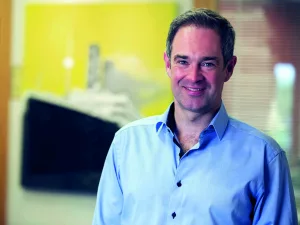
“We bring to bear a wide range of technical capability, from switching, sensing, digital, communications, advanced analytics and much more”
Michael Cunningham, Managing Director, Camlin Energy
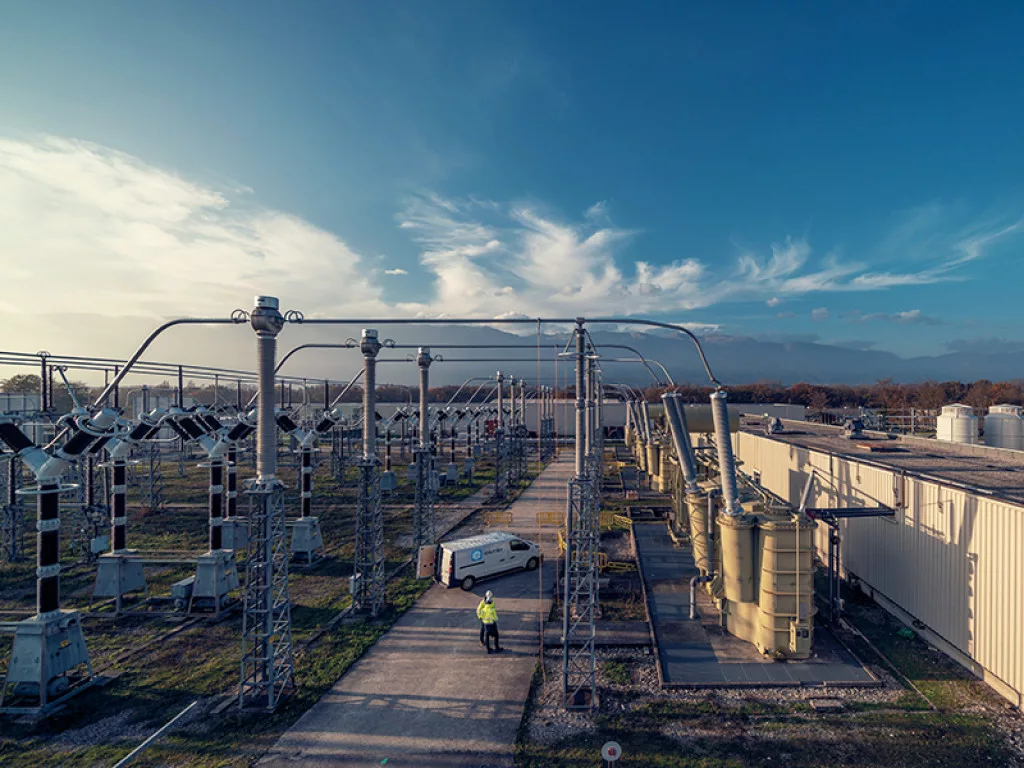
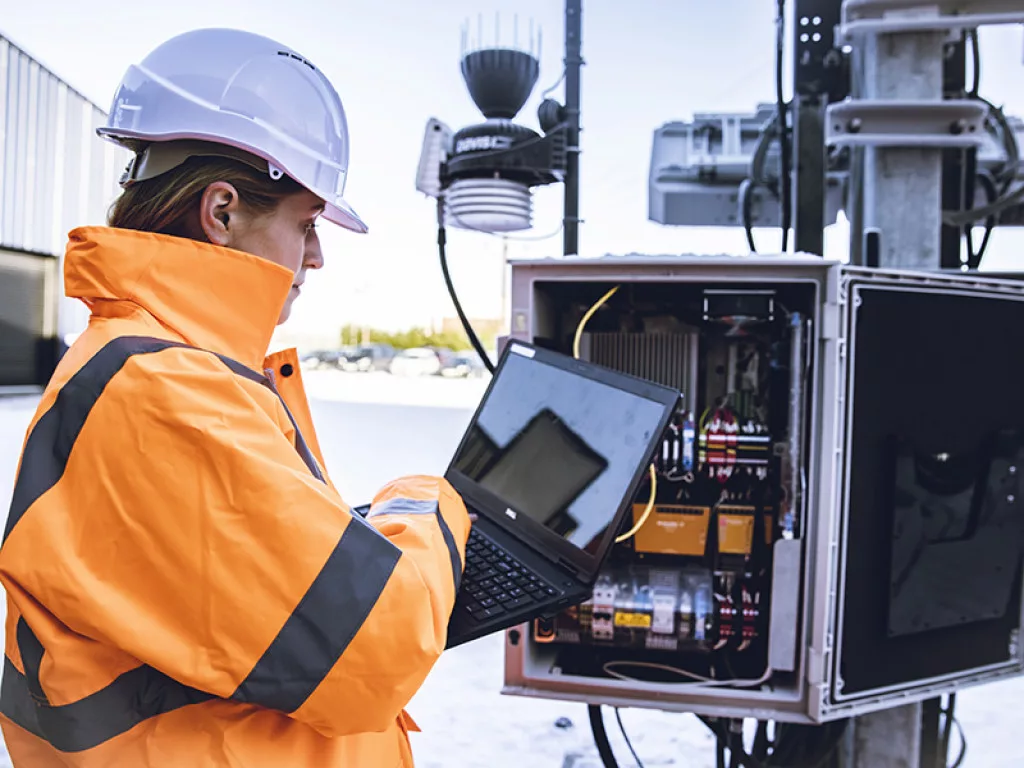
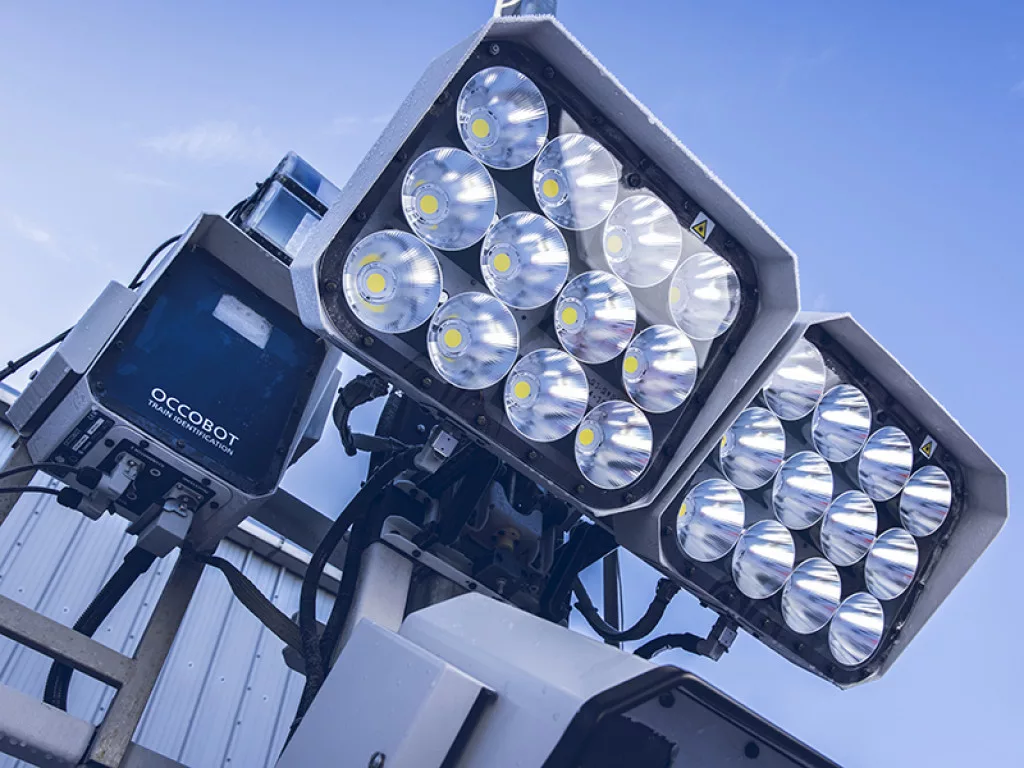
CUTTING-EDGE ENGINEERING
For a quarter of a century Camlin has been trusted as a world-leading provider of engineering solutions that enhance the performance of energy and transportation networks. When it comes to new thinking and incorporating new technologies, innovation is an ingrained part of the company’s DNA.
“We have developed a rail pantograph monitoring system, the Pantobot 3D, which is the world’s first fully automated three-dimensional wayside pantograph inspection and monitoring system,” Cunningham elaborates. “Over time, train pantographs receive wear and if not carefully monitored, they may eventually cut into overhead power lines and bring them down, shutting down the entire line and causing great expense and inconvenience.
“In the past, rail companies would have had to carry out manual inspections of pantographs, and many still do, but this is a relatively inefficient way to manage the situation: it means taking trains out of service for inspection, provides a snapshot at only one point and is potentially unsafe, often involving maintenance personnel clambering on top of rolling stock in the dark with a torch. Because this exercise can only be carried out irregularly, often it can mean that rail operators err on the side of caution and pantographs are replaced well before it is necessary.”
Camlin’s wayside mounted Pantobot 3D captures images of trains continually as they pass, monitoring two tracks in any direction at speeds of up to 300 kilometres per hour. It identifies the train unit, analyses the degree of wear and chipping of the pantograph contact strip and if necessary, sends automated alerts on the condition of the pantograph, thereby improving the efficiency of the process and showing the increasingly obsolete nature of the manual process.
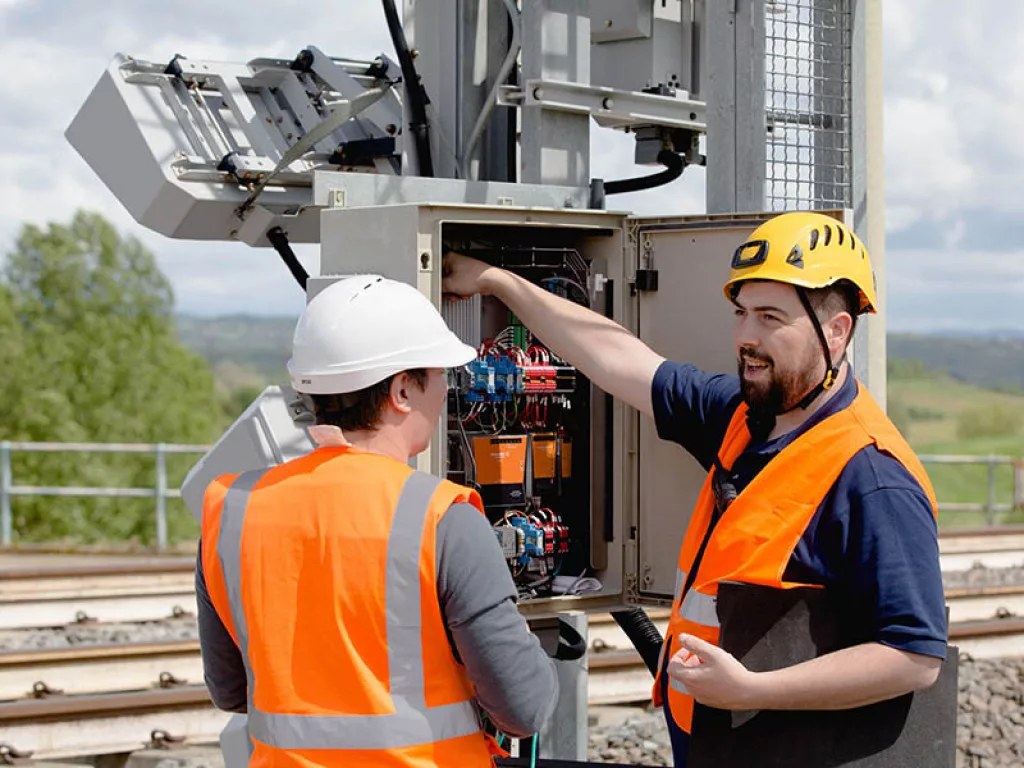
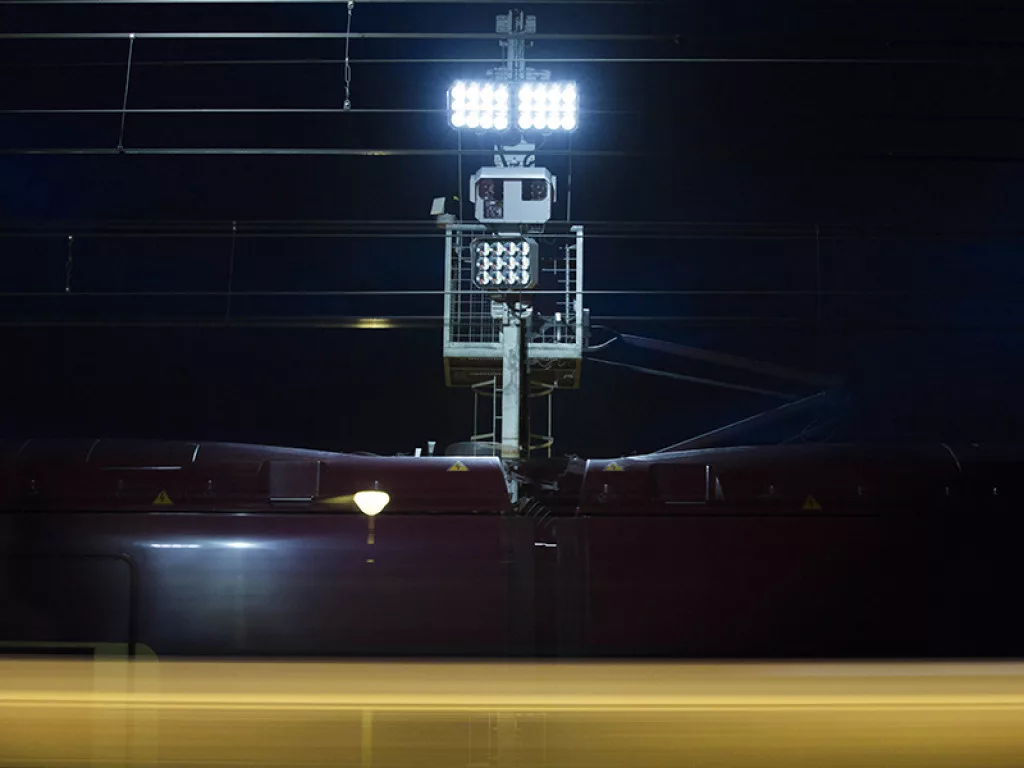
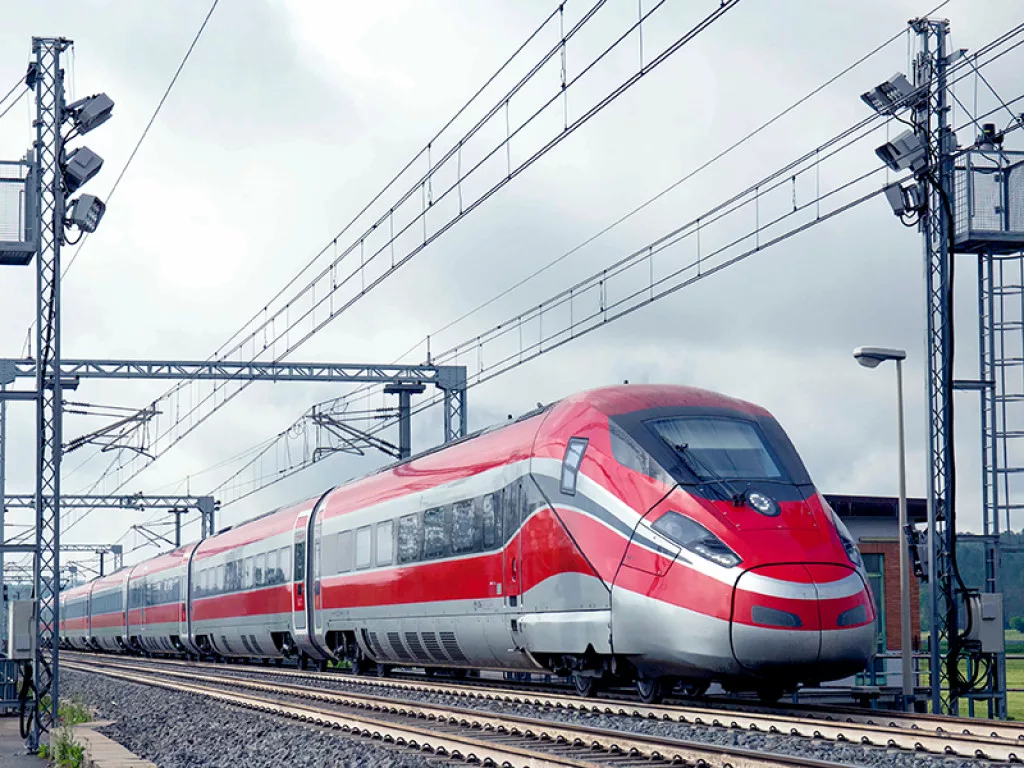
DATA MONITORING
“We have also added a new dimension to our quality monitoring,” Cunningham adds. “If you go back into our distant past, our focus was very much about building better boxes, high quality monitoring equipment. We still do that, and we always will, but in recent years we’ve developed the process further.
“With monitoring comes data and with this comes the potential for deeper insight and knowledge. Of course, the amounts of data are colossal, and we’ve doubled down on areas like artificial intelligence (AI) and ML to help our customers turn data into knowledge and insight. We believe the key is the ability to layer the technologies to provide that ultimate value to our partners.”
By aligning such capabilities – highly advanced sensing and switching technologies, data analytics, world-leading software capabilities, AI and ML, deep domain network and asset knowledge – to the core issues, Camlin can create in-depth insights to enable company partners to manage risk and deliver the performance and change demanded of them.
“And today we can take data not just from our own monitoring equipment but from boxes made by other companies. We think that is where the future lies: partnering with our customers and helping them use data and insights to raise standards,” Cunningham concludes.
“We are looking forward to working towards a net zero future!”
Michael Cunningham, Managing Director, Camlin Energy

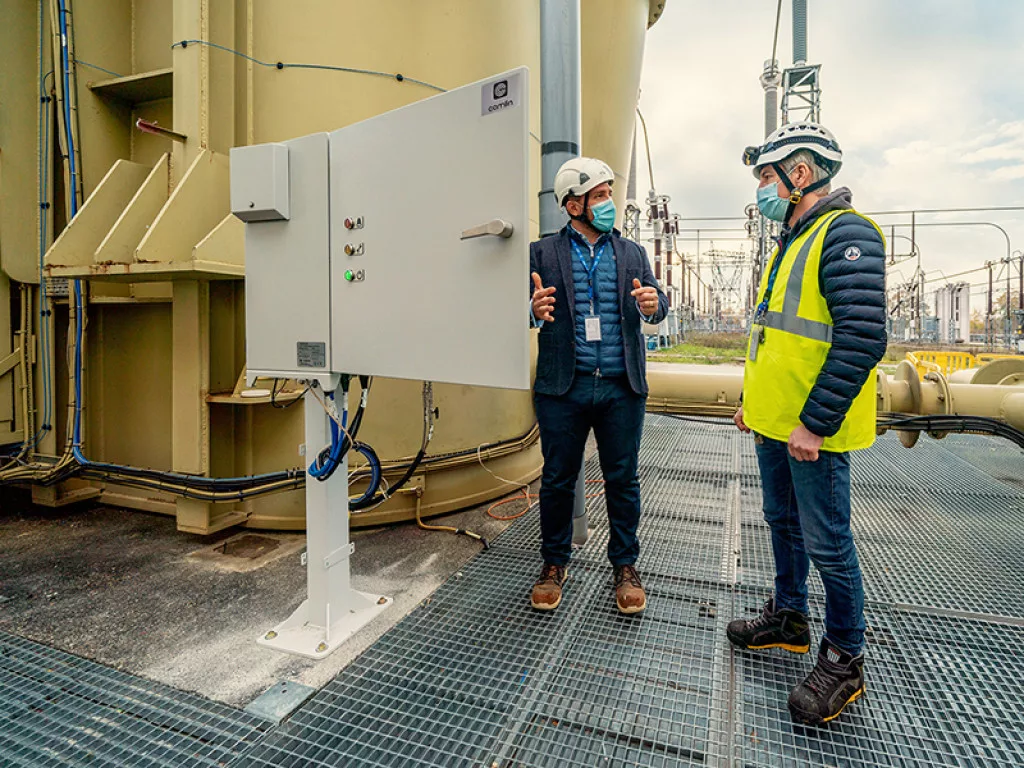
A SUSTAINABLE FUTURE
Camlin’s progressive nature does not solely encompass the utilisation of the latest technologies, however. The company’s practices are driven by many factors, including its stoic commitment to sustainable initiatives, and the greener aspects of business that support environmental welfare. Moving forward, these sustainable aspects are a key component of Camlin’s business.
“In the last year, due to COVID-19, the future is something we’ve really given a lot of thought to,” Cunningham tells us. “In a relatively short time, Camlin has grown quite substantially, organically and through acquisitions, so our business was becoming more complex, diversified and difficult to manage. We therefore took the decision to focus on the core things, the things we do really well and where we have something to offer which resonates with customers: products and services for monitoring utility assets and networks and our rail pantograph monitor.
“We had to make hard decisions, divesting parts of the business that didn’t lend themselves to that absolute clarity for the way forward. But now that we’ve made that call and can really focus, it’s good for our people and very good for our customers: they can see it and they’re reciprocating.”
Camlin exists to engineer better futures, and the company’s purpose is deeply embedded in its understanding of sustainability. Camlin creates solutions that drive the success of tomorrow’s energy-smart grids and transportation networks.
“We’re supporting our customers to improve the safety, reliability and efficiency of the world’s energy and transport infrastructures that people depend on daily,” Cunningham assures us. “We’re helping organisations and communities embrace the opportunities – and challenges – of a low-carbon future. And we’re equally focused on making our own activities more sustainable by investing in our people and ensuring our operations are kinder to the health of our planet.”
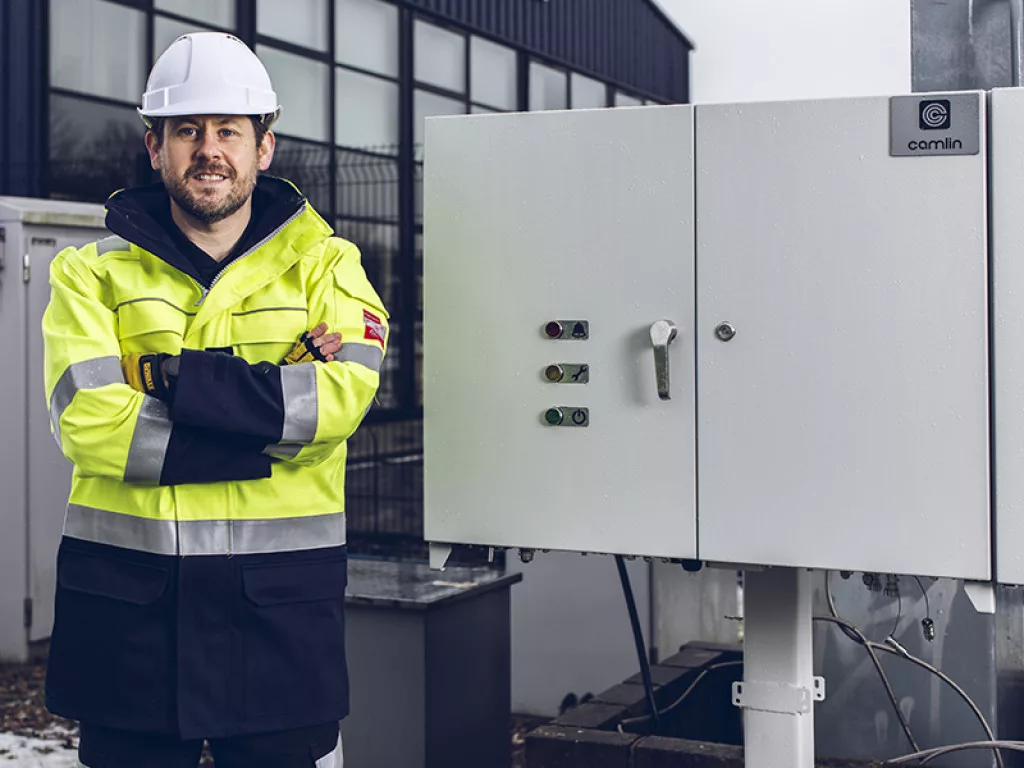
A GREEN COMMITMENT
Camlin aims to achieve long-term profitable growth guided by balancing positive impact across people, planet and performance.
The company is committed to obtaining net-zero emissions by or before 2050. With this aim in the works, Camlin has joined forces with UK partner 3Keel, that helps support Camlin’s sustainability journey.
“Our Climate Action initiative that launched in April 2021 sees us calculating our scope one, two and three emissions as part of our commitment to better understanding our carbon impact,” Cunningham tells us. “We will be setting and verifying a science-based target and developing a clear climate action roadmap to address our emissions reduction commitments.
“We are looking forward to working towards a net zero future!”



